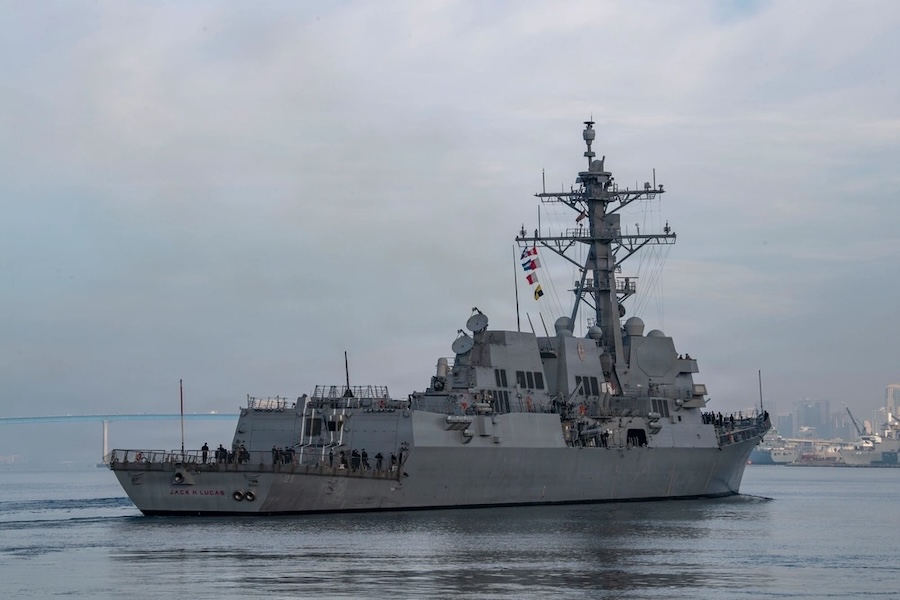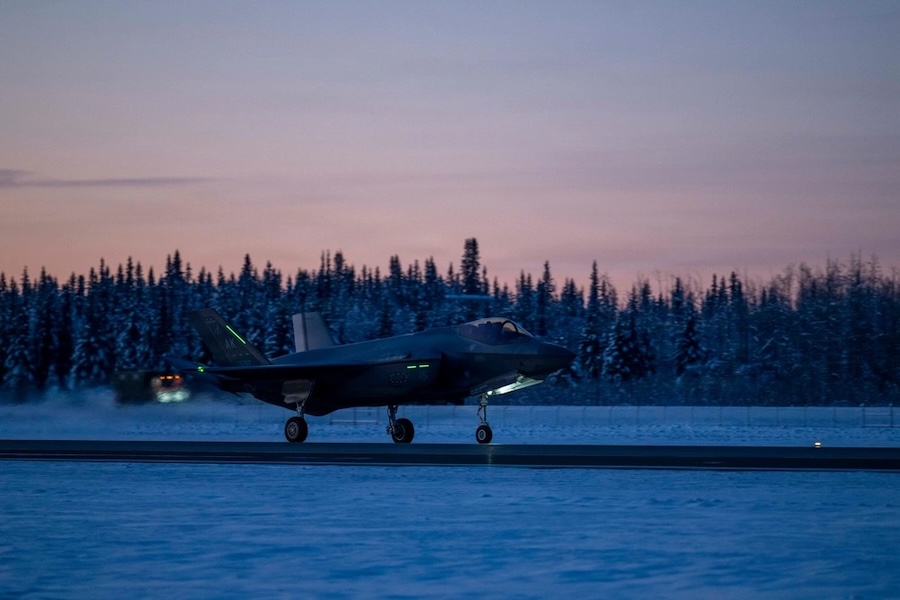These trials rely on maintaining real-time telemetry links between aircraft and ground stations by tracking aircraft position with a directional antenna. Tracking can fail when the aircraft moves out of line of sight or behind terrain, prompting the need for a reliable fallback method.
To address this, Cambridge Pixel delivered a solution that uses ADS-B data from multiple receivers, processed by the SPx Fusion Server to generate fused track information. This data is displayed in ASD-100, enabling operators to calculate the aircraft’s position and steer the antenna to re-establish the link.
The system has operated consistently without fault across the five-year period, proving its robustness in demanding military test conditions. BAE Systems continues to receive ongoing maintenance and updates as part of the collaboration.
“Cambridge Pixel’s system has become a trusted part of our flight test infrastructure,” said the Ground Systems Lead Engineer for BAE Systems. “It provides us with a reliable way to recover telemetry links in challenging environments, and the ongoing support ensures we stay up to date with evolving requirements.”
David Johnson, Director at Cambridge Pixel, said, “We are proud to support BAE Systems with technology that plays a vital role in their flight test programme. This project is a great example of how our products can be integrated into complex aerospace environments to solve real-world challenges in tracking and sensor control.”


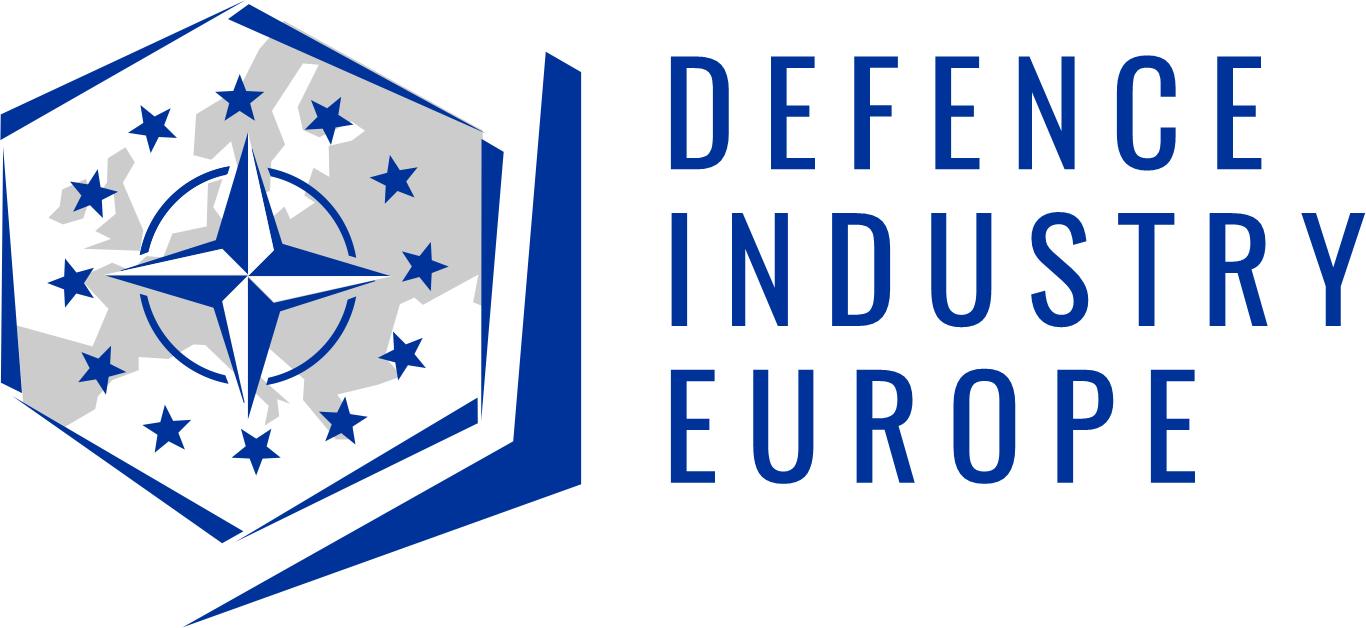
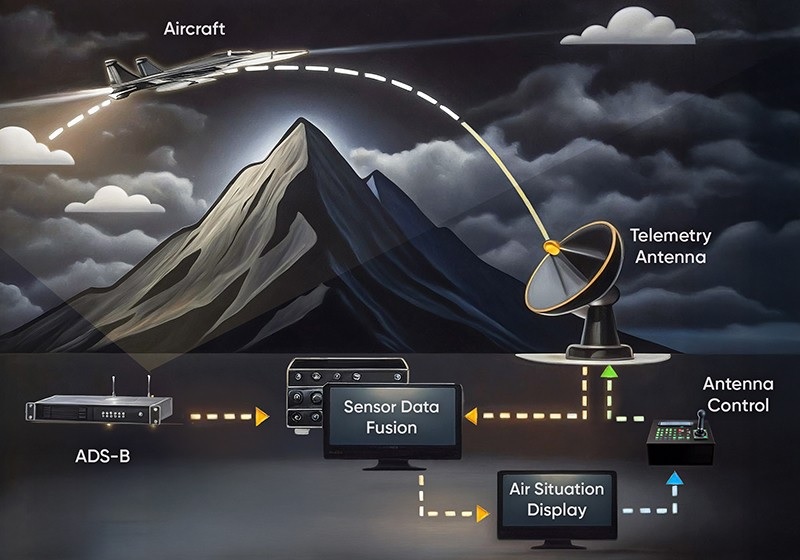







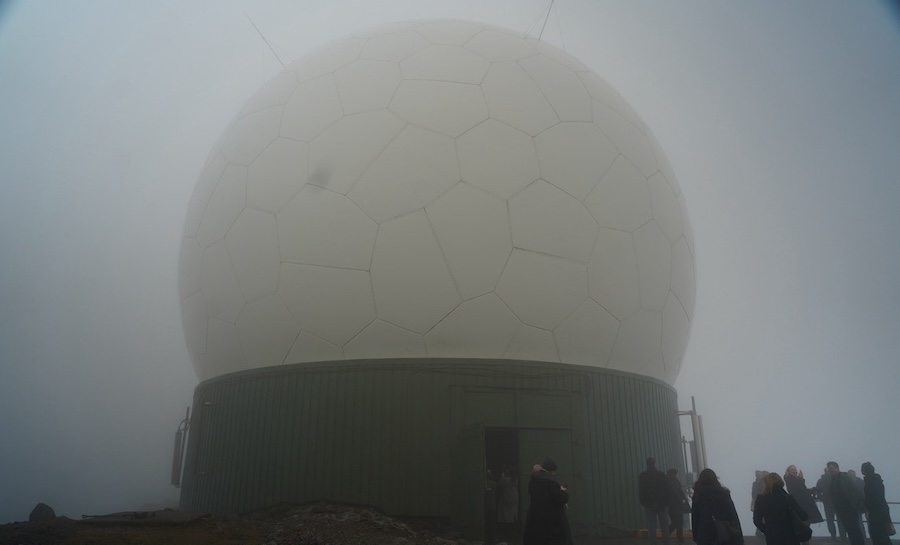


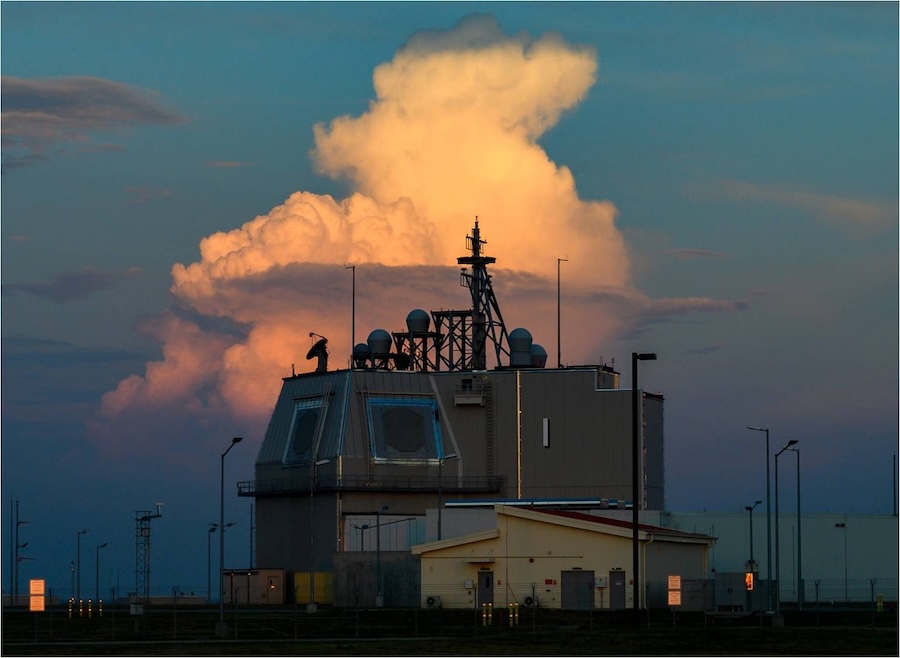
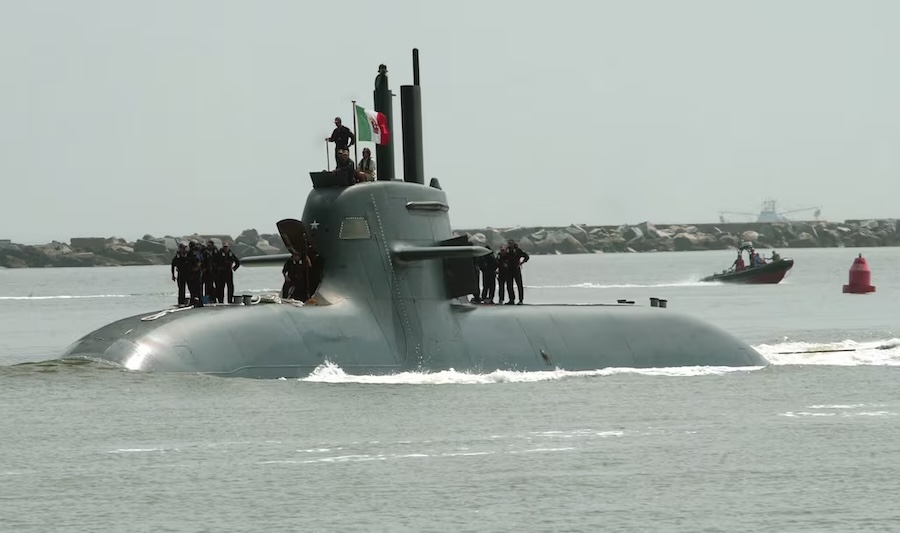


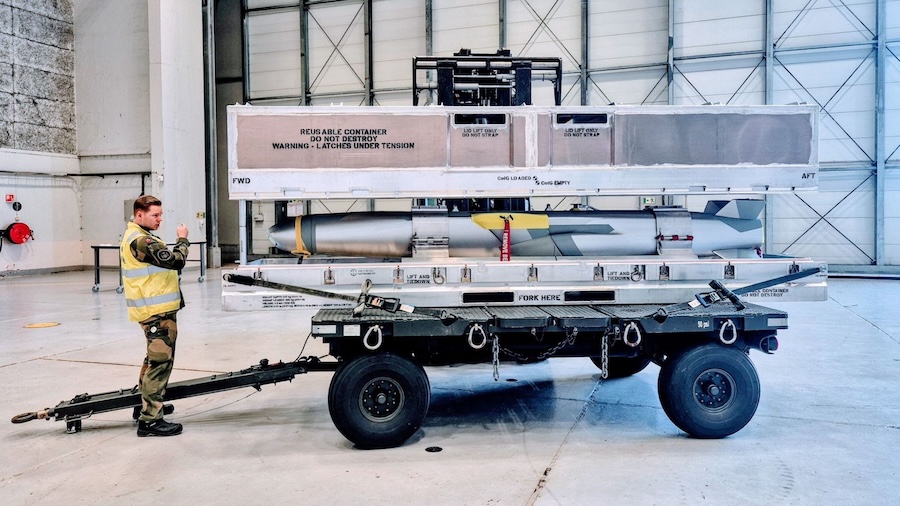
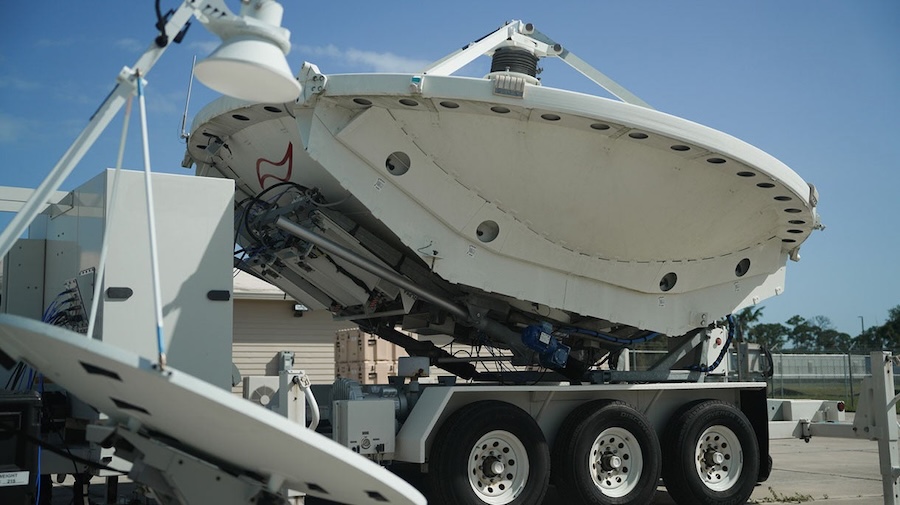
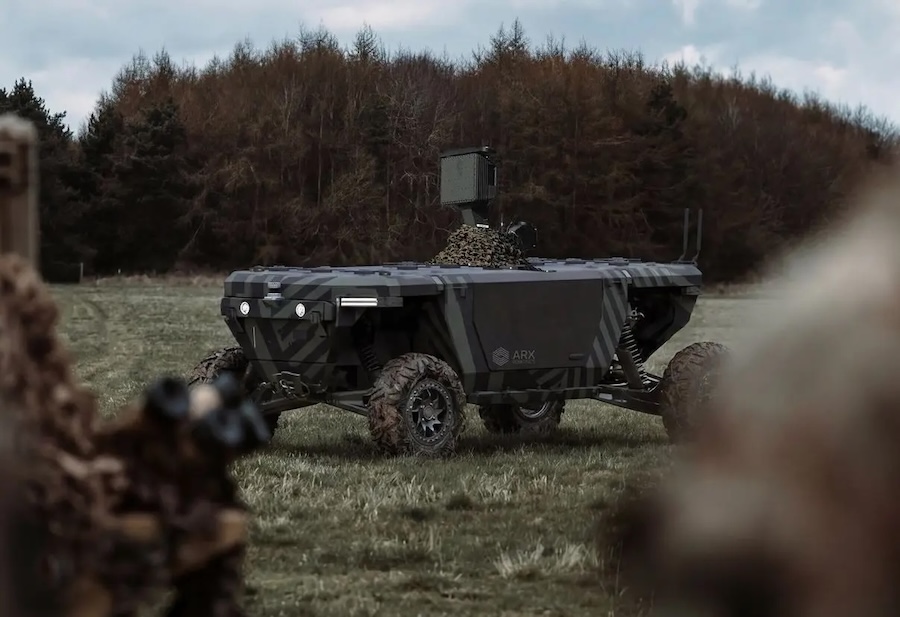
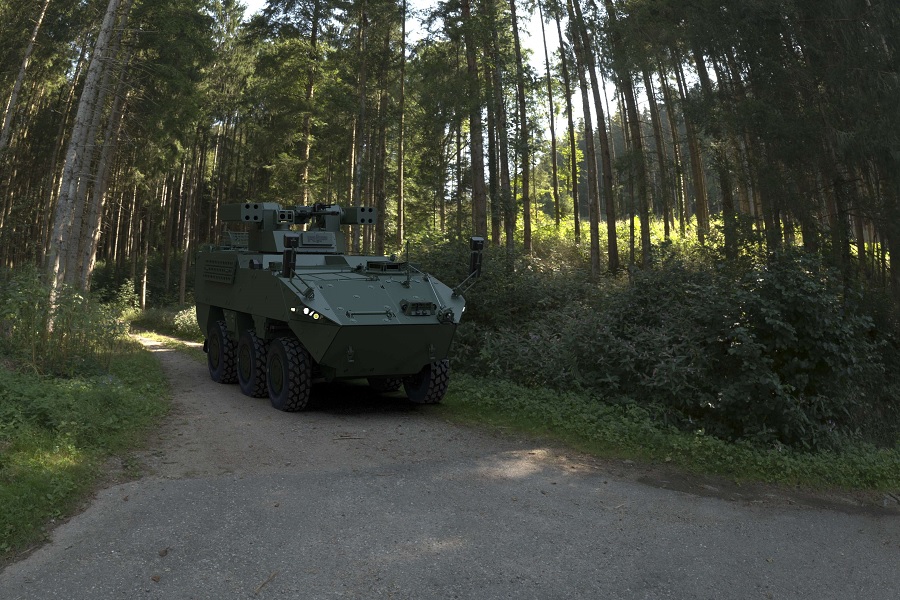
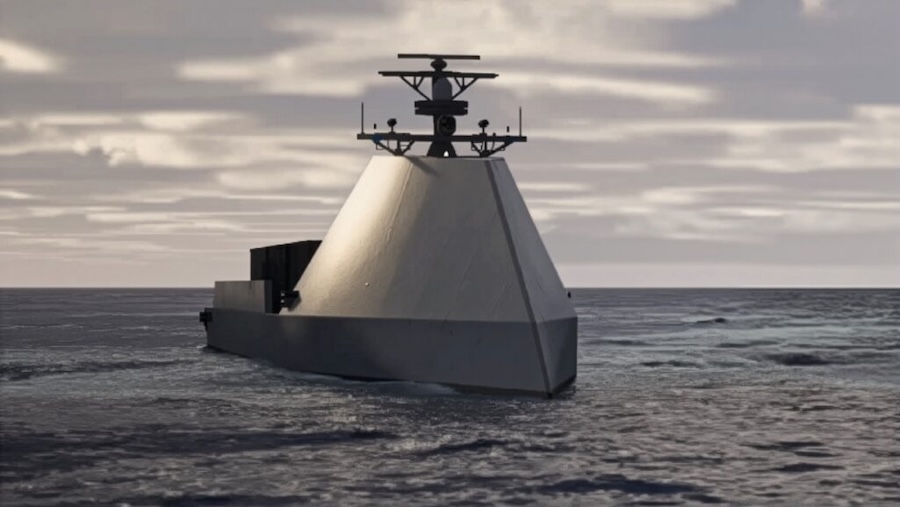
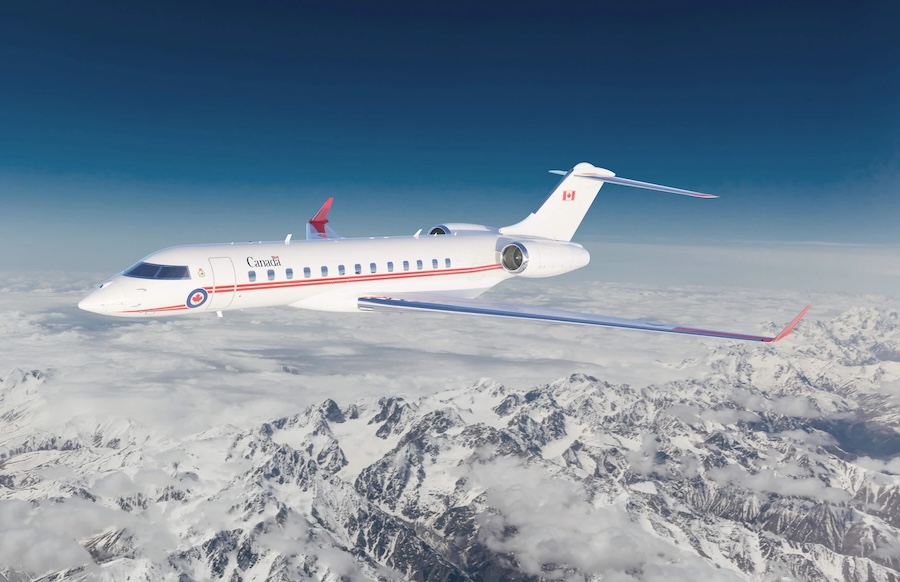
![Auterion conducts first multi-manufacturer hybrid drone swarm strike demonstration [VIDEO]](https://defence-industry.eu/wp-content/uploads/2025/09/Auterion-secures-130-million-to-scale-AI-defence-software-and-transform-drone-warfare.jpg)
